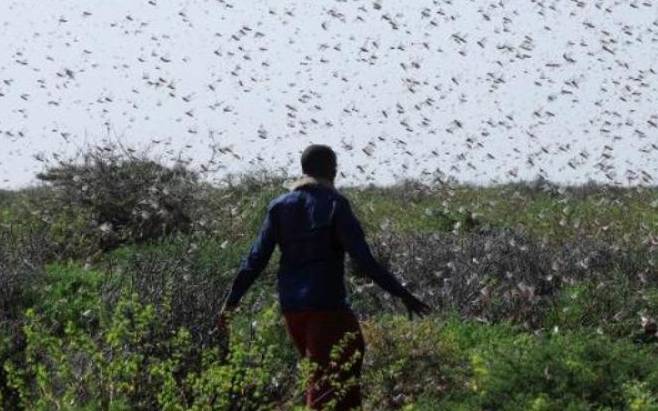×
The Standard e-Paper
Fearless, Trusted News

The desert locust invasion in northern Kenya is rapidly spreading, a preliminary report has said.
The report by Mandera County’s Department of Agriculture indicates that an estimated 12,000 square kilometres of landmass had been infested in the county alone since the invasion began barely two weeks ago.